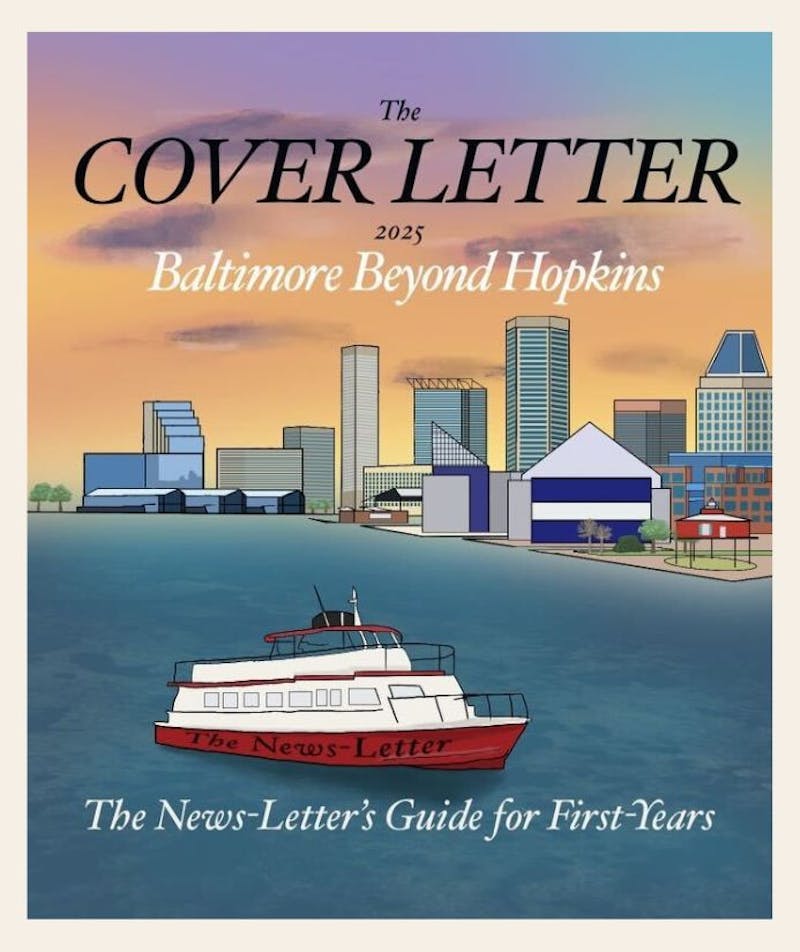The Center for Africana Studies and the Reginald F. Lewis Museum co-hosted a panel discussion called “Unpacking Hateful Things & Contemporary Practices” on Saturday. The panel was a reflection on the museum’s special exhibition, Hateful Things, which showcases racist materials from the late 19th century to present day.
Moderated by Lester Spence, associate professor of Political Science and Africana Studies, the panel included: Vernā Myers, vice president of inclusion strategy at Netflix; Lawrence Jackson, Bloomberg Distinguished Professor of English and History; Robert Lieberman, professor of Political Science; and Martha Jones, Society of Black Alumni Presidential Professor and professor of history.
The panelists began by sharing their thoughts on the exhibit. Myers noted how the racist images can still be extremely harmful, even in contemporary society.
“What I hate about this stuff is that it’s so easily manipulated and brought back by individuals who have no idea of context or history or impact,” she said. “You can throw a noose in someone’s locker and immediately cultivate fear and a sense of degradation.”
According to Lieberman, the continued use of racist images is particularly dangerous in the current political climate.
“We have the illusion of this post-Civil Rights era, that all of this is behind us... which makes the remobilization of these kinds of images even more obscene because they coexist with the illusion that these are no longer issues,” he said.
The panelists then discussed how this exhibit relates to the discussion over what should be done with Baltimore’s Confederate monuments, which were removed last summer following a city-wide protest against white supremacy. Jones voiced her support for keeping the monuments intact and displaying them in a museum.
“It’s part of a bigger debate about... the difference between what’s in the public square or in the park and what’s in a museum,” she said. “I take that to be the argument of the exhibition here — that we need these artifacts in order to teach us something certainly about the past and perhaps about the present, and I think we can ask that same question about our Confederate monuments.”
For Jackson, it is important to understand the historical context in which the monuments were first erected.
“When this generation of Confederate monuments was erected here in Baltimore — 1920s, 1930s — the population of the city was 75 percent white,” he said. “Monuments are not permanent; and historical narratives are not permanent; and we have a lot of work to do to make sure they are coherent and mean something to the people who are living right now.”
Spence then asked the panelists how they would teach younger generations about racist images like the ones in the exhibit. Myers questioned whether young people should be deliberately exposed to these images which they might not otherwise encounter.
“[Young people] have the benefit of ignoring it or not seeing it or not being offended by it,” she said. “But… the history’s supposed to be important, because it can come back.”
Jones shared her experience of curating an exhibit of images similar to the Hateful Things exhibit.
“I was terrified because I thought, ‘Have I rendered these terrible images nearly beautiful, just by virtue of setting them in frames and in lighting?’” she said. “I had to ask myself, ‘Have we made a mistake? Should we have left these images in the drawer?’”
Similarly, Lieberman feels it is important to teach students about how today’s society is affected by Jim Crow and pre-Civil Rights era policies.
“I’m doing a disservice to my students if I don’t make it very clear that one of the key themes of the history of American politics and the evolution of American political institutions is the way racism and racial inequality are essentially built into American politics,” he said.
Spence ended the discussion by asking the panelists what archives and exhibits of racist images might look like in the future, especially in an era where many of these images are digital and available online for anyone to access.
Jones noted how although YouTube serves as a useful archive for images and videos of the past, it is not concerned with how those images are represented.
“YouTube has only a modest — if any — commitment to us as a public, as a culture, as a nation to preserving and representing in a way that has integrity, that has coherence, that would survive over time,” she said.
Myers believes that the increase in online content will allow new people to craft their own narratives about these images.
“We have so many curators... there are so many ways that we can capture different reactions and experiences. Heretofore, [people] who were very interested in maintaining the status quo and a certain type of narrative were in charge of what we knew and what we saw,” she said. “In some ways, we have more of an opportunity to see what has been missing.”
Baltimore community member Andria Settles attended the panel felt that the conversation about how racist images are interpreted differently by different people was particularly resonant.
“Part of the discussion about the subliminal images that are out there and how people are actually interpreting it struck me,” she said. “As a black woman, every day I’m seeing these images or I’m being put in positions where race is an issue, but I don’t know if that’s the same per se for my niece and nephew who are younger.”
For John Halaby, another Baltimore community member who attended, it is important for society to have conversations about racism and racist images.
“The impact is still very powerful and raw,” he said. “[Myers] talked about a noose and how if one puts that in the locker today of a young black male, he knows immediately what that connotes. That was a wake up call for me that as much as we think things have changed dramatically, they really have not in certain respects.”




